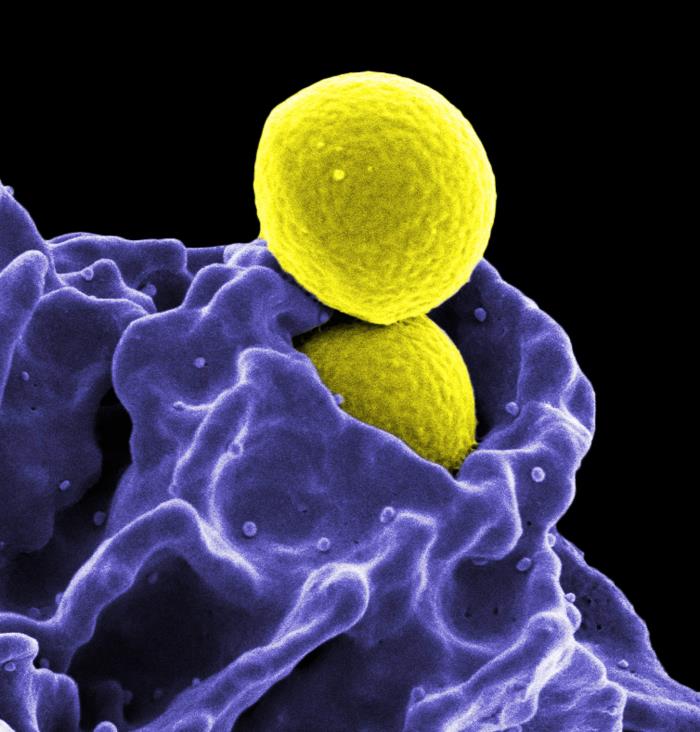Proactive MRSA surveillance with whole genome sequencing reduces cases, costs
Proactive genomic surveillance of MRSA is clinically valuable and likely cost-effective, according to findings published in Clinical Infectious Diseases. However, it may also result in an up-front cost.
“Routine MRSA sequencing would result in fewer MRSA cases (both carriage and clinical infection involving any organ or body site), and have a small positive impact on [health-related quality of life] on a per-patient basis (regardless of whether they have, or are tested for, MRSA),” Amy Dymond, MSc, research consultant for York Health Economics Consortium, and colleagues wrote.
Dymond and colleagues conducted a mathematical modelling study in the United Kingdom, comparing the cost-effectiveness of whole-genome sequencing (WGS) plus standard infection control practices vs. standard practices alone.
They analyzed a cohort of 65,000 patients using the model, with the assumption that WGS would result in a 90% reduction in MRSA acquisition. Dymond and colleagues reported that 290 new MRSA cases were avoided between April 2012 and April 2013, for an absolute reduction of 28.8%. WGS also helped to avoid two MRSA-related deaths.

Base case results suggested that routine, proactive MRSA WGS was associated with an estimated cost savings of more than 728,290 euros, or $822,433, per annual hospitalized cohort. The impact on total quality-adjusted life-years (QALYs) was modest, the researchers said, with WGS leading to an additional 14.28 QALYs gained.
According to Dymond and colleagues, proactive use of genomic surveillance could direct early and highly targeted infection control interventions to prevent further spread of MRSA in the hospital setting.
“The potential value of genomic surveillance of nosocomial pathogens is compelling but will result in an up-front cost,” they wrote. “One rationale to support this cost is to align outbreak detection with other types of activity that relate to safety culture, which are fully justified on the basis that they save lives through prevention, rapid detection and effective action.” – by Joe Gramigna
Disclosures: Dymond reports being employed with York Health Economics Consortium, which was commissioned as a consultant and developer for the model used in the study. Please see the study for all other authors’ financial disclosures.
